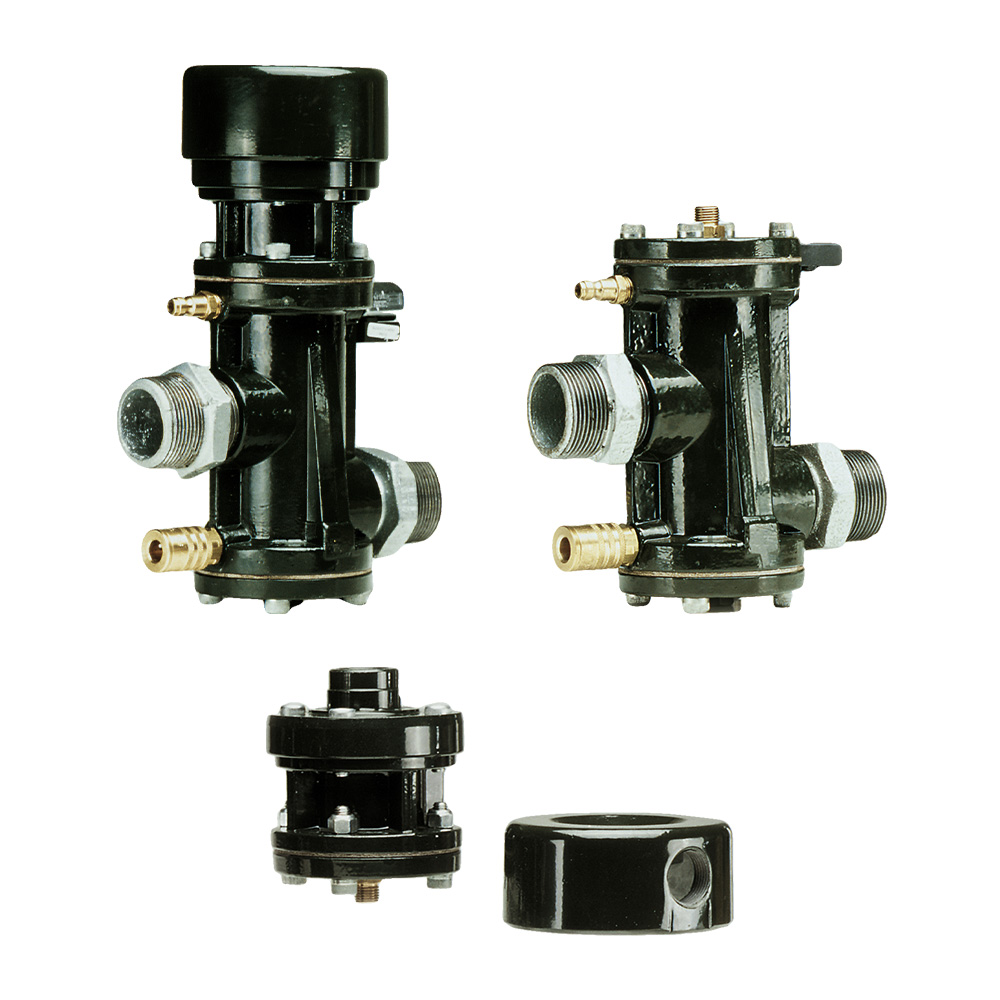Cutting-edge Control Valves: Enhancing Accuracy and Integrity
Cutting-edge Control Valves: Enhancing Accuracy and Integrity
Blog Article

Maximize Power Savings and Comfort With Advanced Structure Automation Controls
In the world of modern style and facility administration, the combination of sophisticated building automation regulates stands as an essential advancement. By using the power of automation, structures can adjust, react, and develop in ways that were when unthinkable.
Energy Efficiency Advantages
Power efficiency advantages can substantially decrease energy consumption and functional costs in structures. Energy-efficient systems, such as sophisticated building automation controls, can maximize the usage of resources like home heating, illumination, and cooling, leading to reduced power expenditures over time.
Moreover, enhanced power performance can prolong the life expectancy of building devices and systems. By operating more effectively, a/c systems, light, and other building parts experience much less damage, resulting in lowered upkeep and replacement expenses. Furthermore, energy-efficient buildings often regulate greater home worths and rental rates, supplying lasting monetary benefits to owners.
Additionally, power performance can enhance occupant comfort and efficiency. Effectively controlled interior settings with optimal illumination and thermal problems create a more pleasurable and favorable workspace, bring about boosted staff member complete satisfaction and efficiency. On the whole, the power performance advantages connected with sophisticated structure automation controls are multifaceted, encompassing price savings, environmental stewardship, and passenger well-being.
Improved Comfort Control
Enhancing comfort control in structure settings requires an advanced combination of sophisticated automation systems for optimum occupant well-being. By using advanced structure automation controls, centers can tailor the interior environment to meet the particular needs and preferences of occupants. control valves.
By including these sophisticated controls, structures can not only boost convenience however also enhance power efficiency by maximizing system operations based on actual occupancy and use patterns. Eventually, prioritizing owner convenience via sophisticated automation systems leads to a more enjoyable and healthier interior setting.
Functional Performance Improvements

In addition, the implementation of real-time surveillance and analytics tools allows structure operators to determine power ineffectiveness and operational anomalies without delay. By constantly keeping an eye on power usage patterns and system efficiency metrics, modifications can be made in real-time to enhance power consumption and make certain peak operational efficiency. control valves. Furthermore, including need feedback approaches into structure automation controls can even more improve operational effectiveness by dynamically adjusting energy usage based on grid problems and rates signals
Indoor Environment Optimization
Reliable interior environment optimization is a fundamental element of structure automation controls, guaranteeing passengers' convenience and well-being while taking full advantage of power savings. By using sophisticated sensors and controls, developing automation systems can continually check and adjust temperature level, humidity levels, air quality, and ventilation to create an optimal interior environment. Maintaining constant and comfy problems not just boosts resident complete satisfaction but also enhances performance and total health.
Indoor climate optimization likewise plays an important role in power performance. By fine-tuning cooling, home heating, and ventilation systems based on real-time information and tenancy patterns, building automation controls can considerably minimize energy intake - control valves. As an company website example, carrying out methods such as demand-controlled ventilation and thermal zoning can aid reduce energy waste while ensuring that each location of the structure obtains the essential conditioning.

Sustainable Atmosphere Production
Building automation manages not just optimize interior environment conditions for energy performance and occupant convenience however likewise lay the foundation for developing a lasting environment through strategic management of systems and sources. By incorporating innovative structure automation modern technologies, such as sensing units, actuators, and smart software program, facilities can adjust and monitor power usage Related Site in real-time to decrease waste and decrease their carbon footprint. These systems enable anticipating maintenance, identifying prospective issues before they rise and enhancing equipment efficiency to improve longevity and effectiveness.
Additionally, sustainable setting development expands past energy administration to include water conservation, waste decrease, and interior air high quality improvement. Structure automation controls can manage water use, discover leakages, and make sure proper garbage disposal methods, adding to general sustainability efforts. In addition, by keeping track of and regulating ventilation and purification systems, these technologies improve occupant wellness and productivity while reducing power consumption related to HVAC procedures.
Conclusion
In final thought, progressed building automation manages deal significant advantages in terms of energy cost savings, convenience control, operational effectiveness, interior climate optimization, and producing a lasting environment. By Check Out Your URL carrying out these controls, structures can attain ideal efficiency while reducing energy intake and improving resident convenience. It is apparent that the usage of innovative automation modern technology is important in boosting structure performance and developing an extra sustainable future.
Power effectiveness benefits can considerably reduce power usage and operational prices in structures. Generally, the power performance advantages associated with advanced building automation controls are complex, encompassing cost financial savings, ecological stewardship, and owner health.
Furthermore, integrating demand feedback methods into structure automation controls can further improve operational efficiency by dynamically adjusting energy use based on grid problems and prices signals.
Building automation regulates not only optimize interior climate problems for energy efficiency and resident comfort but additionally lay the foundation for developing a sustainable setting with tactical monitoring of resources and systems.In final thought, advanced building automation regulates offer significant advantages in terms of power cost savings, comfort control, functional effectiveness, indoor environment optimization, and developing a lasting atmosphere.
Report this page